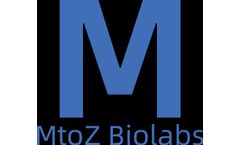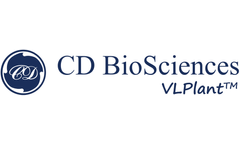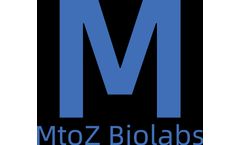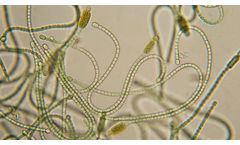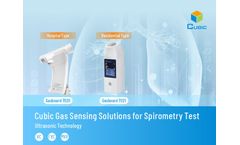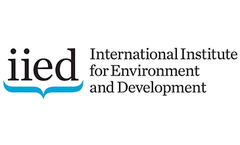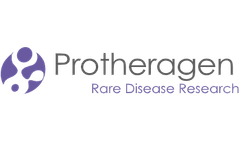Health And Human Articles & Analysis: Older
144 articles found
Disease Modeling: Knockin cell lines mimic human disease conditions by introducing disease-related genetic mutations, thus offering a robust platform to study pathophysiology and screen potential therapeutic interventions. ...
These cell lines, often derived from human tumors, offer insights into the genetic and molecular underpinnings of cancer, helping researchers develop targeted therapies. ...
With applications ranging from disease diagnostics to drug discovery, this technology is set to play an increasingly important role in advancing our understanding of glycosylation and its impact on human health. Although challenges remain, the continued development of microarray technologies promises to unlock new avenues for research and therapeutic innovation ...
This article aims to engage in an incisive analysis of cell and gene therapies, decoding their transformative implications on human health and medical research. Cell therapy constitutes a form of treatment where live cells are induced into a patient's body to effectuate reconstruction or repair of damaged tissue or to enhance the body's immune system. ...
Moreover, some glycosylated impurities may have potential toxicity, posing a threat to human health.How to Detect Glycosylated Impurities?The detection methods for glycosylated impurities are diverse, including chromatography, spectroscopy, electrophoresis, etc. ...
The marriage of cytoskeletal research and cutting-edge technology holds promise for addressing some of the most challenging biomedical questions and improving human health. Conclusion Technologies related to the cytoskeleton have opened up new avenues for scientific discovery and medical advancements. ...
When we talk about antibody sequencing, we often think of issues related to disease treatment and improving human health. Nanobody sequencing provides us with a more precise and efficient solution. ...
Cyanotoxins are toxic substances produced by cyanobacteria, or blue-green algae, which can proliferate in water bodies under conditions like high nutrient levels and warm temperatures. There are over 1,118 different cyanotoxins identified globally in freshwater environments across 66 countries, illustrating the widespread nature of this ...
Prolidase is ubiquitously expressed in various tissues throughout the human body, underscoring its vital physiological importance. It is particularly crucial in collagen metabolism, as it facilitates the recycling of proline, a key amino acid in the structural integrity of collagen. ...
The cardiopulmonary system is recognized as one of the most essential physiological systems in the human body, with the responsibility of efficiently distributing blood and oxygen to every organ. The cardiopulmonary system is closely linked to human health. Therefore, pulmonary function testing is crucial for both disease prevention and ...
This paper provides a comprehensive taxonomy of climate-attributable loss and damage in context of least developed countries and Small Island Developing States in Asia and the Pacific. It highlights the need for tailored strategies encompassing demographic, socioeconomic and political challenges, and suggests a three-pillar approach involving grassroots engagement, collaboration among ...
When introducing a foreign protein or antibody into the human body, it is essential to evaluate its potential to trigger an unwanted immune reaction, which could lead to adverse effects or reduced therapeutic efficacy. ...
Environmental Protection Agency’s (USEPA) Regional Screening Levels (RSLs) for human health risk assessment at hazardous waste sites and permitted facilities. ...
With the continuous progress of technology and the continuous expansion of the market, it is believed that Kangle anti-brittle capsules will play a more important role in the future and make greater contributions to human health. ...
Introduction RNA Lipid Nanoparticles (LNP) technology has rapidly gained prominence in the health and scientific domain, primarily due to its significant role in carrying the mRNA of the COVID-19 vaccines developed by Pfizer/BioNTech and Moderna. ...
By unraveling the mysteries of this process, scientists can unlock new possibilities for improving human health and ...
These models closely resemble human disease, enabling scientists to study disease progression, identify biomarkers, and assess potential therapeutic interventions. ...
By identifying metabolic alterations induced by environmental stressors, researchers can assess the impact on ecosystems and human health. Why is Metabolomics Difficult? Metabolomics presents several challenges that must be addressed to ensure reliable and reproducible results: Sample Complexity: Biological samples used in metabolomics, such as blood, ...
Currently, several siRNA drugs for rare diseases have been approved for marketing, such as: Patisiran (Hereditary trans thyroxine amyloidosis, ATTR) Exondys51 (Duchenne muscular dystrophy, DMD) Givosiran (Acute intermittent porphyria, AIP) Inclisiran (Hyperlipidemia) Tivanisiran (Dry eye syndrome, DES) QPI-1007 (Optic atrophy) SYL040012 (Glaucoma) QPI-1002 (Severe kidney disease) Conclusion With ...
This article aims to engage in an incisive analysis of cell and gene therapies, decoding their transformative implications on human health and medical research. Cell therapy constitutes a form of treatment where live cells are induced into a patient's body to effectuate reconstruction or repair of damaged tissue or to enhance the body's immune system. ...




